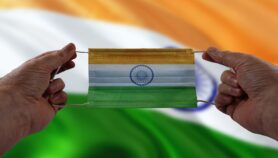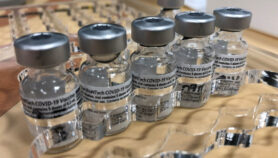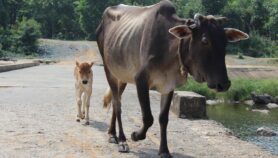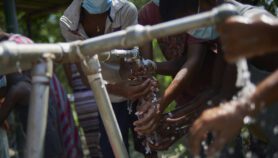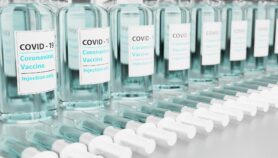05/08/20
New test for COVID-19 herd immunity, vaccine efficacy
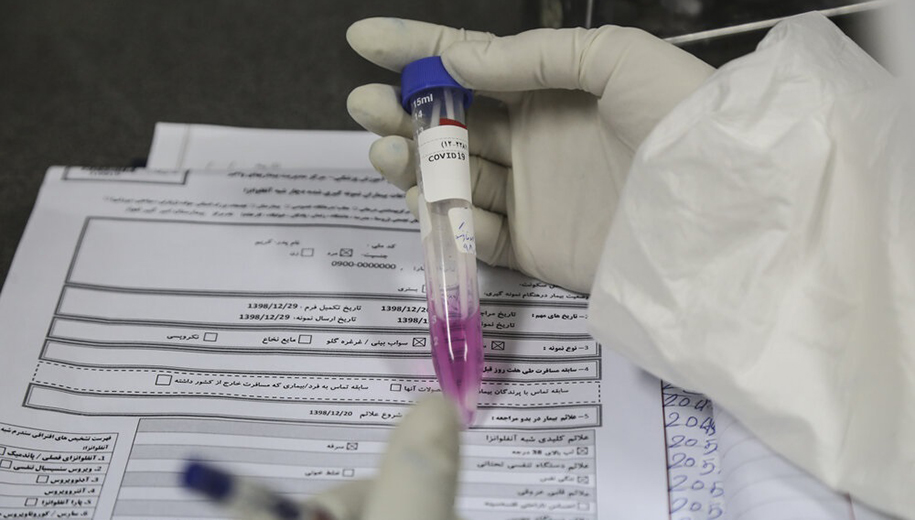
By: Sanjeet Bagcchi
Send to a friend
The details you provide on this page will not be used to send unsolicited email, and will not be sold to a 3rd party. See privacy policy.
[NEW DELHI] A newly developed serological test for COVID-19 helps determine herd immunity and assess the efficacy of different vaccine candidates with high specificity and sensitivity, say researchers who developed it.
The surrogate virus neutralisation test (sVNT) efficiently monitors the infection rate of SARS-CoV-2, according to Linfa Wang, director, Programme in Emerging Infectious Diseases, Duke-NUS Medical School, Singapore and author of a report on sVNT published 23 July in Nature Biotechnology. SARS-CoV-2 is the strain of coronavirus responsible for the COVID-19 epidemic.
Wang tells SciDev.Net that the test was developed specifically to determine functional neutralising antibodies. “All current methods for this purpose use live virus and cells and some need highly secure biocontainment labs. [However, this test] can be conducted without any of these requirements,” he explains.
“All current methods for this purpose use live virus and cells and some need highly secure biocontainment labs. [However, this test] can be conducted without any of these requirements”
Linfa Wang, Duke-NUS Medical School
Neutralising antibodies bind on to surface structures of infectious particles and prevent their interaction with host cells. The new test evaluates neutralising antibodies that block the spike protein receptor of SARS-CoV-2 from binding with the angiotensin-converting enzyme 2 (ACE2) of host receptor cells.
The existing standard serological test for neutralising antibodies, called conventional virus neutralisation test (cVNT), requires 2—4 days for completion besides the handling of live SARS-CoV-2 in a biosafety level 3 (BSL3) laboratory. Another neutralising antibody detection test, called pseudovirus-based virus neutralisation test (pVNT), is done in a biosafety level 2 (BSL2) laboratory.
“Both [cVNT and pVNT] require live viruses and cells, highly skilled operators, and days to obtain results,” the researchers say in the study. “The major advantage of sVNT is that it can be rapidly conducted in most research or clinical laboratories without the need to use live biological materials and biosafety containment.”
The researchers validated sVNT in Singapore and Nanjing, China through trials on 175 patients who had COVID-19 and 200 controls, and 50 patients who had COVID-19 and 200 controls, respectively. The tests yielded 99.93 per cent specificity and 95—100 per cent sensitivity and differentiated antibody responses to several human coronaviruses.
There are various rapid antibody tests for COVID-19, based on IgG (reflects previous infection or immunity) or IgM (reflects acute infection) detection in the patients’ sera. Shantanu Panja, consultant ENT specialist at Apollo Gleneagles Hospital, Kolkata, India, explains these rapid tests have low sensitivity–sometimes as low as 66 per cent, and sometimes 83 per cent, depending on the procedure used. But in sVNT, instead of IgG or IgM antibody, neutralising antibodies (in totality) are detected.
“The sVNT, instead of isotope specific antibody detection, works on detecting the functional neutralising antibodies that block the binding of SARS-CoV-2 spike protein to the angiotensin-converting enzyme 2 (ACE2) host receptor,” says Panja, adding that, “this test can detect the infection rate of SARS-CoV-2 with a sensitivity of 95-100 per cent”.
According to the researchers, unlike existing rapid antibody tests for COVID-19, sVNT can evaluate neutralising antibodies in different animals. “It can, therefore, be a powerful tool to investigate the role of animals in the transmission of COVID-19 from natural reservoirs to intermediate hosts,” they maintained in a press release.
Panja tells SciDev.Net that the study is specifically appropriate for developing countries. “It’s important to make the test available to the countries which need it the most—for instance, the developing countries in Asia and Africa,” he holds.
This piece was produced by SciDev.Net’s Asia & Pacific desk.




